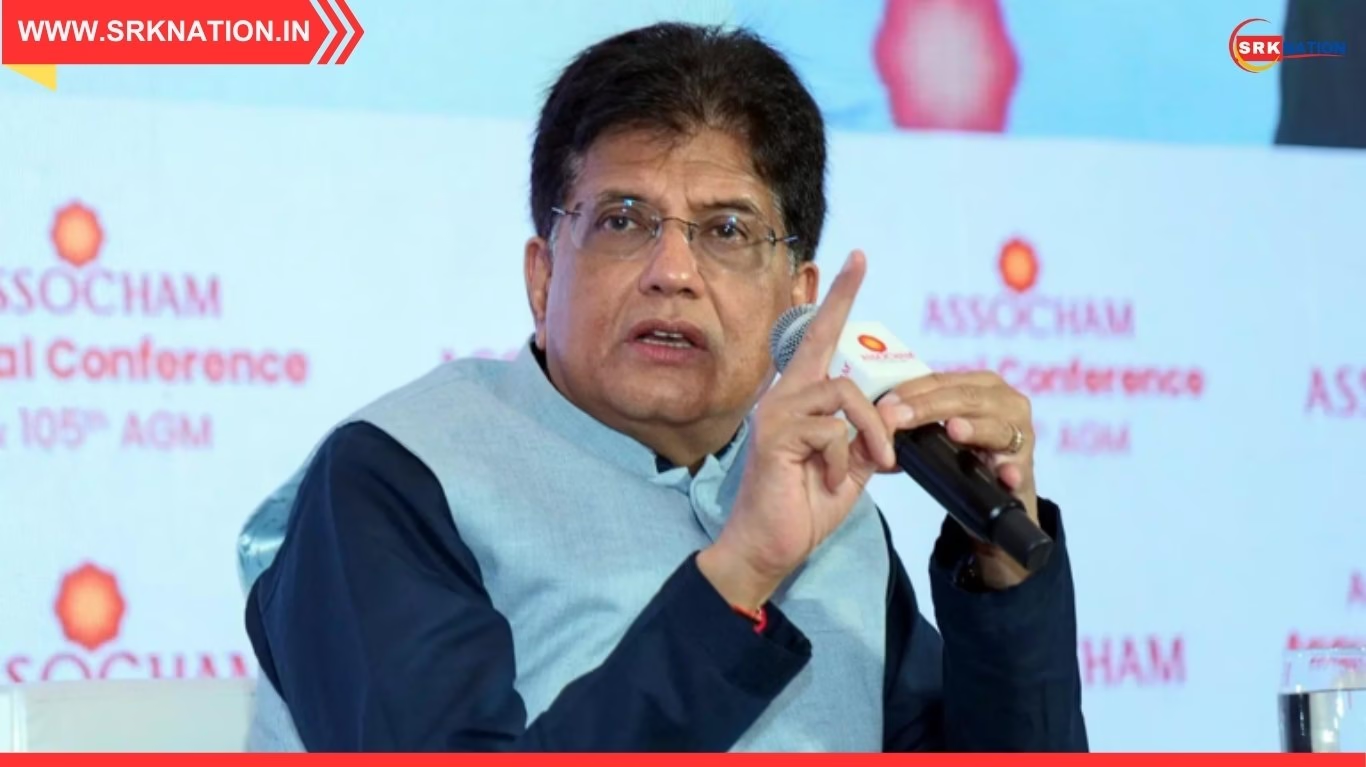India’s economy is navigating a complex crossroads as two major forces collide: the sweeping GST 2.0 reforms and the steep 50% tariffs imposed by the United States on key Indian exports. While the GST overhaul is expected to boost domestic consumption and formalize the economy, the US tariffs threaten to dent export earnings and widen the trade deficit. Together, these developments will have far-reaching implications for India’s GDP growth, inflation trajectory, and fiscal deficit management in FY2025–26 and beyond.
🧭 What GST 2.0 Brings to the Table
The 56th GST Council meeting, held in August 2025, approved a simplified two-slab structure—5% and 18%—for most goods and services, with a 40% rate reserved for sin and luxury items. The reforms, effective from September 22, aim to reduce tax complexity, improve compliance, and stimulate demand.
| GST Reform Feature | Description | Economic Impact |
|---|---|---|
| Two-slab structure | 5% and 18% for most items | Simplifies compliance, reduces tax burden |
| Rate cuts on essentials | FMCG, autos, cement, electronics | Boosts consumption, lowers inflation |
| Exemption for insurance | Life and health policies exempted | Improves affordability, expands coverage |
| Compliance automation | Push for e-invoicing and ITC reconciliation | Enhances transparency, reduces evasion |
Economists estimate that the GST-related consumption boost could add 60–120 basis points to India’s GDP growth over the next 4–6 quarters.
🔍 US Tariffs: A Drag on Exports and Growth
On August 27, 2025, the US administration imposed 50% tariffs on a wide range of Indian goods, citing trade imbalances and geopolitical tensions over energy imports. The move affects nearly $80–87 billion worth of exports—roughly 2–2.5% of India’s GDP.
| Sector Affected | Export Value (FY25) | Tariff Impact | Risk to GDP Growth |
|---|---|---|---|
| Textiles & Apparel | $18 billion | High | –0.3% |
| Pharmaceuticals | $12 billion | Moderate | –0.2% |
| Engineering Goods | $15 billion | High | –0.3% |
| Leather & Footwear | $6 billion | Severe | –0.1% |
| Agricultural Products | $8 billion | Moderate | –0.1% |
Citigroup and MUFG analysts estimate a 60–80 basis point downside risk to India’s annual GDP growth due to the tariffs.
📉 GDP Outlook: Net Impact of Reforms and Tariffs
| Economic Driver | Estimated Impact on GDP (FY26) |
|---|---|
| GST Reforms | +0.6% to +1.2% |
| US Tariffs | –0.6% to –0.8% |
| Net Effect | Neutral to mildly positive |
The GST reforms are expected to neutralize the drag from US tariffs, especially if domestic consumption picks up during the festive season and businesses pass on tax benefits to consumers.
🔥 Inflation: A Tale of Two Forces
GST rate cuts on consumer-facing essentials are projected to shave up to 1.1 percentage points off CPI inflation, according to Reuters estimates. Lower prices on soaps, toothpaste, packaged foods, and electronics will increase real consumption and ease household budgets.
However, US tariffs could push up input costs for export-oriented sectors, leading to supply-side inflation in select categories.
| Inflation Driver | Direction of Impact | Magnitude (CPI) |
|---|---|---|
| GST Rate Cuts | Downward | –0.8% to –1.1% |
| US Tariffs | Upward | +0.2% to +0.4% |
| Net Effect | Disinflationary | –0.6% to –0.9% |
The Reserve Bank of India is expected to maintain a neutral stance, with room for rate cuts if inflation remains below 4%.
📦 Fiscal Deficit: Balancing Revenue Loss and Growth
The GST rate cuts are estimated to result in a direct revenue loss of ₹48,000 crore—about 0.13% of GDP. However, higher GST buoyancy and increased consumption could offset part of this loss. Monthly GST collections have been averaging ₹1.8–1.95 lakh crore, indicating strong compliance and formalization.
| Fiscal Metric | Pre-Reform Estimate | Post-Reform Estimate | Commentary |
|---|---|---|---|
| Revenue Loss (GST cuts) | ₹48,000 crore | ₹48,000 crore | Short-term hit, long-term neutral |
| Fiscal Deficit Target (FY26) | 4.4% of GDP | 4.5–4.6% of GDP | Slight widening possible |
| GST Collection (Monthly Avg) | ₹1.85 lakh crore | ₹1.95 lakh crore | Buoyancy to offset revenue dip |
According to SBI Chief Economist Soumya Kanti Ghosh, the impact on fiscal deficit will be “almost insignificant or even positive” if consumption gains materialize.
🧠 Expert Commentary and Industry Sentiment
| Expert Name | Role | Comment |
|---|---|---|
| Radhika Rao | Senior Economist, DBS Group | “Lower GST rates will be positive for growth in the second half.” |
| Amit Baid | Head of Tax, BTG Advaya | “GST 2.0 is not just reform—it’s a growth driver amid global headwinds.” |
| Shripal Shah | MD & CEO, Kotak Securities | “The timing of GST cuts is perfect to offset tariff shocks.” |
Industry leaders across FMCG, auto, and cement sectors have welcomed the reforms, expecting higher volumes and improved earnings in Q3 and Q4.
📌 Conclusion
India’s twin economic shocks—GST reforms and US tariffs—present both challenges and opportunities. While the tariffs threaten to slow export growth and pressure trade balances, the GST overhaul offers a powerful domestic counterweight through consumption-led expansion. The net impact on GDP is likely to be neutral to mildly positive, inflation may ease, and the fiscal deficit could remain within manageable limits. As policymakers and businesses adapt, India’s resilience will be tested—and potentially reaffirmed—in the quarters ahead.
—
Disclaimer: This article is based on publicly available economic reports, expert commentary, and media coverage as of September 4, 2025. It is intended for informational purposes only and does not constitute financial or policy advice.











